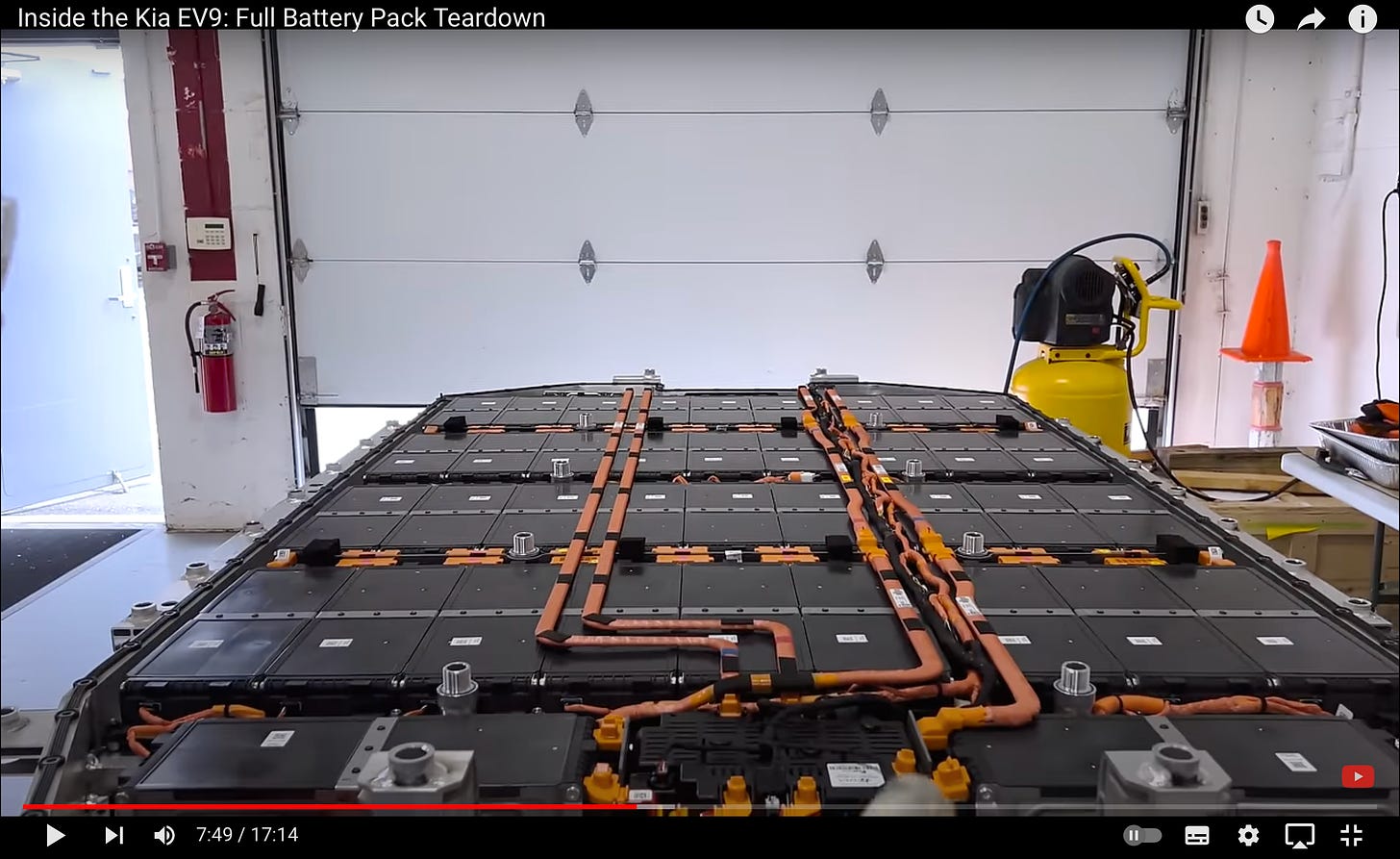The first memory of a car for most Indians aged 25 and above, is a Maruti car, mostly the 800 or the Omni. My family owned two models of the Maruti WagonR over two decades. The first car for most Indians was likely to be a Maruti product. Will the new generation Indians own their first electric car when Maruti launches the eVX?
The bloodbath in the Indian four wheeler EV industry is just getting started. Massive price cuts for Tata cars and innovative marketing around BaaS by MG has made it a great time to be a buyer. This will further amplify when Maruti launches their new electric car later this financial year. Let’s look at what we know so far.
In this article, we will be talking about the Battery Cells, Battery Pack, BMS, Charging App, Motors and some Expectations.
Before we dive in, here’s some housekeeping
Thank you for showing tremendous love and support for EVInfraBI - the first ever charger intelligence tool. There are exciting updates planned for the next few months, so stay tuned.
Shyam Sunder wrote an article on how price caps in the EV Charging Infrastructure guidelines will hurt the EV customer and the industry.
ExpWithEVs referral program is active and you can recommend your colleagues and friends to sign up for the newsletter. Three referrals can get you a premium subscription! More details here. Share it with your friends, colleagues!
If you are not from India and would like to sign up for the premium subscription, please check this link.
If you are a charger OEM, then please email me all your product brochures! My email address is priyansevs@gmail.com
I have a New Delhi to Gorakhpur, UP road trip coming up next week. Let me know which charging stops I should definitely check out!
With that out of the way, let’s dig in.
Legacy
Maruti Suzuki has been a market leader in India for more than forty years. Their foray into electric will be closely watched in India and globally. Japanese players like Honda, Toyota, Lexus, Mazda, Subaru and Nissan have been reluctant players at best. Nissan had taken the first few steps by launching a mass market EV called the Leaf in developed markets. The pace of innovation has been very slow. Here’s a 2023 April article from The Economist explaining how Japanese players have been losing the EV race.
Other global players like the Chinese (BYD, Nio, XPeng), American (Tesla) and German (Volkswagen, Mercedes, BMW) have leapfrogged the Japanese brands. Here’s a chart of the best selling electric cars in three major markets, and none of them are Japanese.
The above image is taken from Jaan Juurikas’ EVUniverse.io newsletter. Sign up today to keep up with what's happening globally in the EV industry.
The Indian subcontinent market is one of the only few markets with a scope for explosive growth. We have JSW MG and Mahindra to challenge the market leader i.e. Tata. The market share of foreign players is miniscule given the favourable domestic policies. Maruti Suzuki will enter this market as a local player with widest reach of dealerships and a well oiled machinery.
It is confirmed that Maruti is launching an electric car because it has been spied on the road, Exicom’s 120kW chargers (exclusive photo inside!) are being installed at their dealerships and there’s a rising number of subscribers to this blog from Maruti Suzuki.
Cell and battery pack -
Blade
Multiple news articles suggest that Maruti will be using BYD’s blade cells for their electric car. The blade form factor was launched in 2020. They have been used in India in BYD cars like Atto3, E6, Seal. Mahindra, too, is expected to use them in some of their upcomings Born EVs (as of April 2024). These cells are also assembled into packs by BYD India for use in Olectra Buses.
Globally, BYD uses the blade cells in Dolphin, Seagull, Tang, Seal and Tesla in Model Y.
BYD manufactures and assembles the cells for themselves, whereas Tesla assembles the battery pack itself. The assembly is critical because BYD Atto3 with a 60kWh usable pack charges at peak 90kW (~1.5C) and Tesla’s 58kWh usable charges at 165kW peak (~3C).
In India, BYD’s blade cells are known to be working well. There aren’t any serious breakdowns reported in the blade form factor, though the numbers are significantly few in India.
The blade cell advantage is that it can be packed in the battery pack directly. Whereas usual prismatic LFP cells are modular in nature. Multiple smaller packs are arranged in a grid fashion, with each modular pack having its own electrical circuit.
In pack formation, one doesn’t need other electrical circuitry aboard and more cells can be packed in the same battery pack volume, allowing to pack in more energy capacity. The capacity of the battery pack is also dependent on the individual capacity of modules or blades and the number of the cells.
Battery pack assembly
Maruti could buy the assembled battery pack directly from BYD or it could assemble it itself. The former is easy but costly in terms of customization, control over the battery pack and building domain knowledge. For the latter, they need factories and talent. Let’s look at the latter option. Prime Minister Narendra Modi launched the construction of Suzuki’s EV battery plant in August 2022.
Observe the top left corner since the announcement by the Prime Minister.
Keep reading with a 7-day free trial
Subscribe to ExperiencesWithEVs to keep reading this post and get 7 days of free access to the full post archives.








